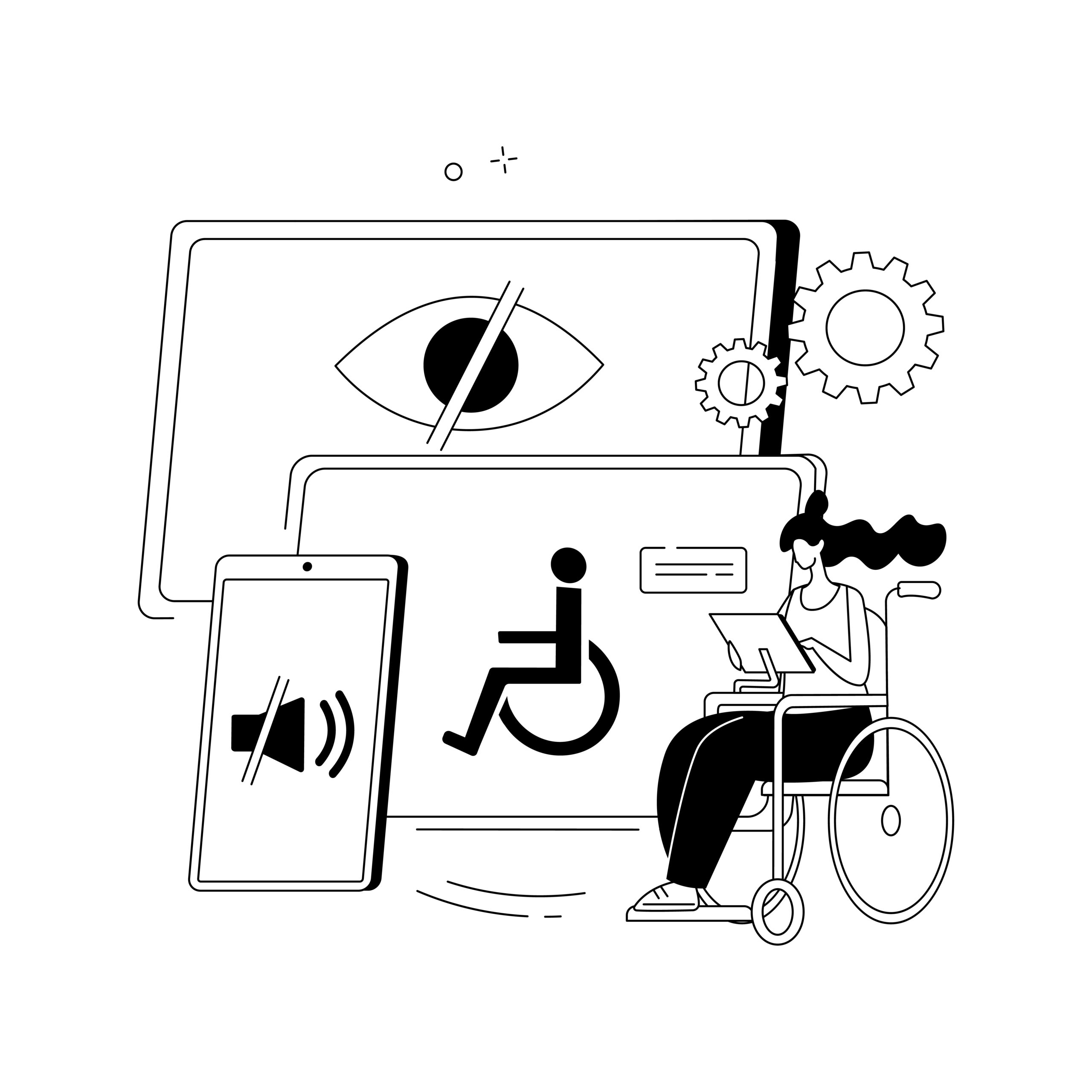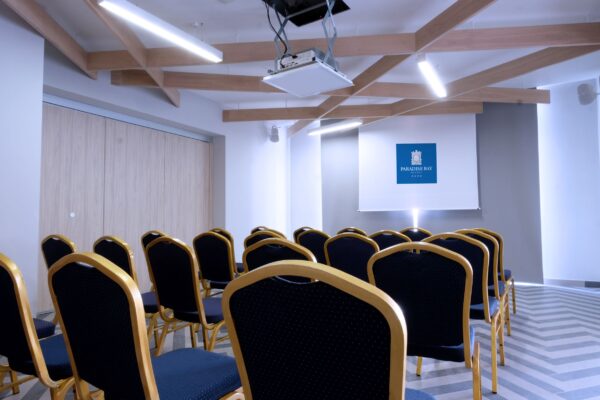Innovative accessibility solutions are reshaping how individuals with disabilities interact with the world, addressing challenges in mobility, communication, and daily living. These advancements span from assistive technologies like braille smartwatches and sign language gloves to AI-powered tools tailored to personal needs. They improve independence and inclusion by bridging gaps that traditional methods often leave unaddressed.
As technology rapidly evolves, these solutions move beyond basic accommodations, integrating smart design and adaptive features to foster greater participation in education, work, and social environments. Companies and researchers are developing products that not only help users navigate physical spaces but also enhance digital access and communication.
By exploring these breakthrough innovations, one can understand how thoughtful design and technology combine to create more inclusive experiences, breaking down long-standing barriers for people with disabilities. This ongoing progress highlights the critical role accessibility solutions play in building equitable environments worldwide.
Core Innovative Accessibility Solutions
Innovative accessibility solutions focus on improving independence and inclusion through technology, design, and digital tools. These solutions enhance mobility, communication, and user experience for individuals with disabilities across various environments.
Advanced Assistive Technologies
Advanced assistive technologies include devices like robotic exoskeletons that aid mobility by providing physical support. These exoskeletons are increasingly lightweight and customizable, allowing users to adapt them for daily activities.
Other cutting-edge tools include braille smartwatches and sign language gloves. Braille smartwatches offer tactile feedback to display information discreetly. Sign language gloves translate hand movements into text or speech, improving communication for deaf and hard-of-hearing users.
These technologies emphasize usability, encouraging independence and expanding opportunities for people with disabilities in work, education, and social settings.
Inclusive Design Strategies
Inclusive design focuses on creating environments and products that accommodate diverse needs from the start. This approach involves designing accessible playgrounds that offer safe play spaces for children with physical or sensory impairments.
Such strategies also ensure that workplaces and public spaces remove barriers through features like adjustable furniture, clear signage, and sensory-friendly areas. Inclusive design benefits everyone, not only people with disabilities, by promoting usability and comfort.
Employing universal design principles reduces the need for costly retrofits and fosters greater participation across communities and organizations.
Digital Accessibility Tools
Digital accessibility tools enhance the usability of websites, apps, and devices for people with various impairments. Examples include screen readers, voice recognition software, and AI-powered navigation aids.
These tools help individuals with visual, auditory, or cognitive disabilities by adapting digital content to their needs. For instance, AI can provide customized user interfaces or captioning services for video content.
Tech companies increasingly integrate accessibility features in software development, ensuring compliance with standards and supporting wider adoption of inclusive digital experiences.
Future Trends and Emerging Technologies
Emerging technologies are reshaping accessibility by providing more personalized, efficient, and practical solutions. Advances focus on enhancing independence and usability across diverse environments, improving daily experiences for individuals with disabilities.
Artificial Intelligence Applications
AI is increasingly pivotal in accessibility, offering real-time support tailored to individual needs. Tools powered by AI include speech recognition for hands-free controls and natural language processing to facilitate communication for people with speech impairments.
Machine learning algorithms enable predictive text and image recognition, assisting users with visual or cognitive disabilities. AI-powered assistive software can adapt interfaces automatically, optimizing user experience based on behavior patterns.
These technologies support greater autonomy, enabling quicker navigation and interaction with digital content. Additionally, AI-driven captioning and translation services improve access to multimedia for deaf or hard-of-hearing users. The continued integration of AI promises expanded customization and responsiveness in accessibility tools.
Wearable Accessibility Devices
Wearable devices are designed to provide continuous, context-aware assistance in real-world settings. Examples include smart glasses with built-in cameras that recognize objects and read text aloud for users with low vision.
Other innovations encompass haptic feedback gloves that translate sign language into audio or text, enhancing communication for those with hearing impairments. Wearables also monitor physiological data, alerting users or caregivers to medical events, supporting health management.
The portability and unobtrusiveness of these devices enable seamless integration into daily life. Their development prioritizes comfort and user-friendliness, ensuring accessibility solutions remain practical outside controlled environments.








